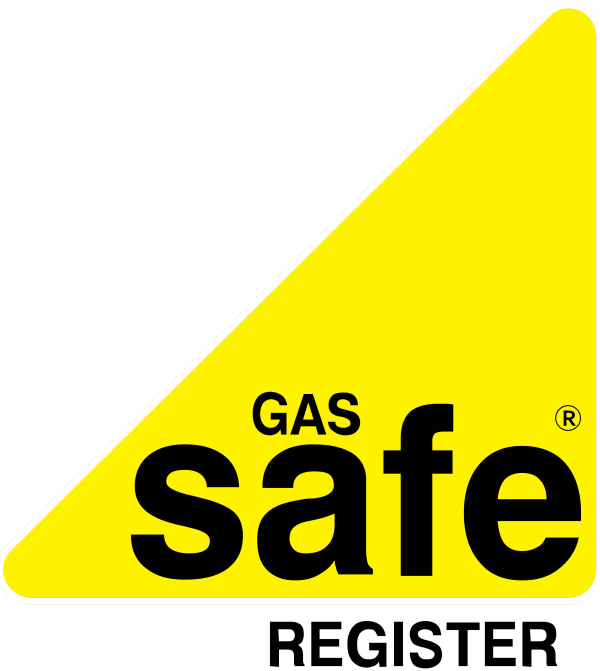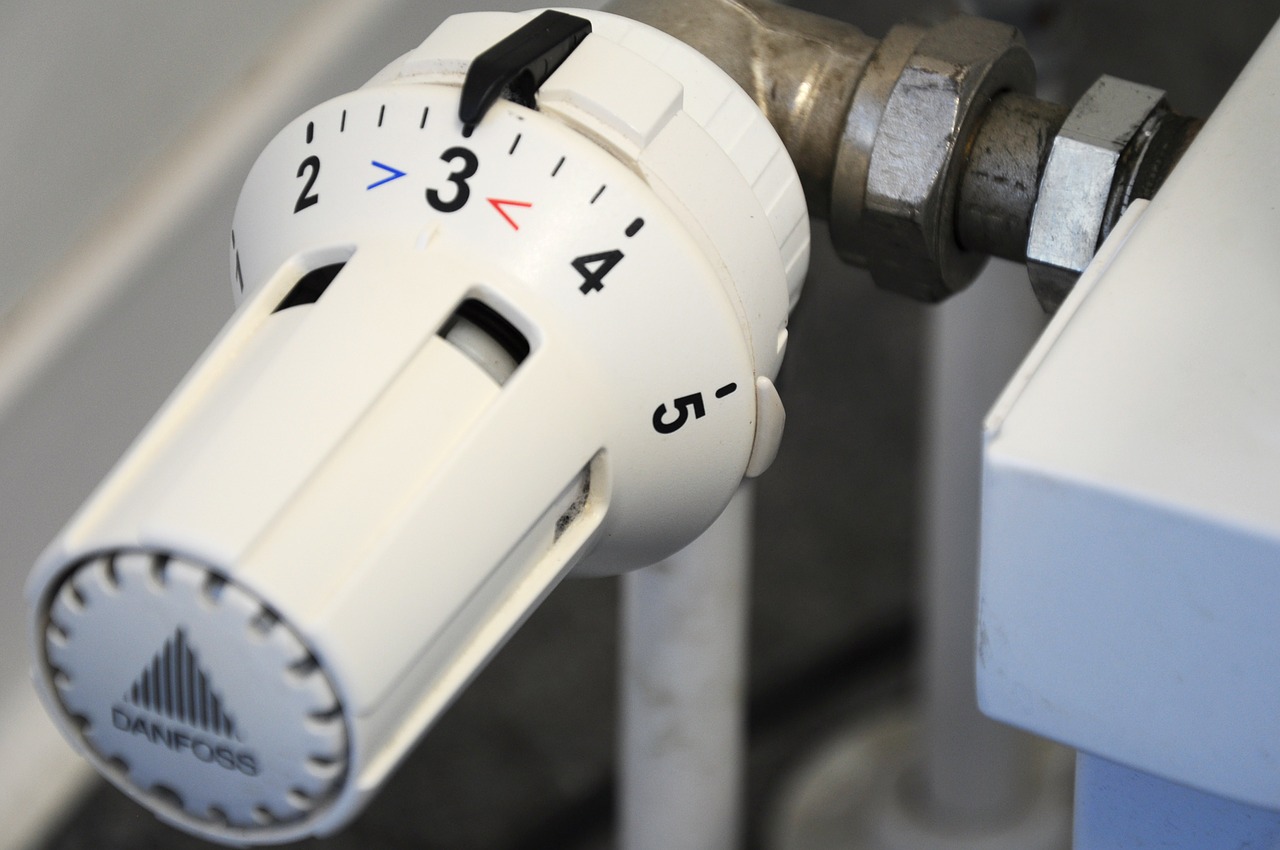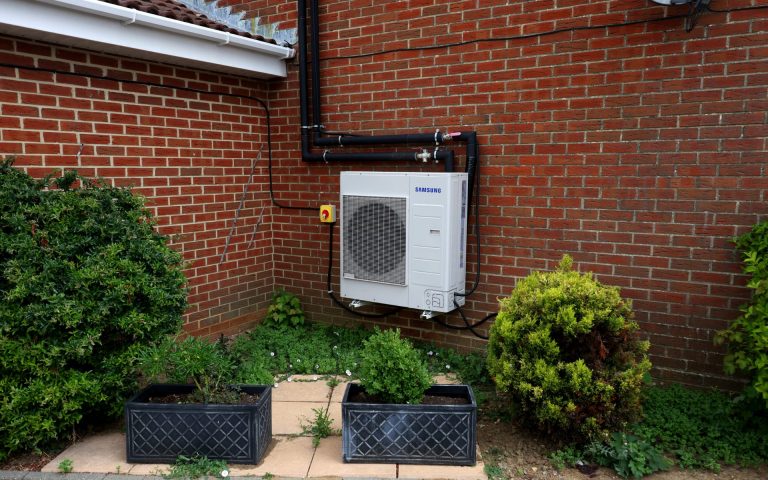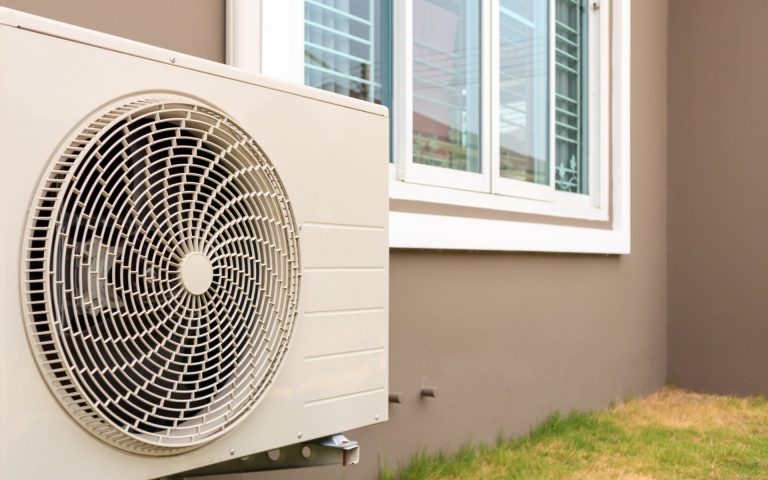If your radiator is hot at the bottom but cold at the top, the chances are it will need bleeding. This will eliminate air that has become trapped in the central heating system, reducing its efficiency and preventing your radiator from heating properly. To avoid having to pay out for a boiler replacement or go to the expense of a new boiler installation, you can bleed your radiators yourself. If you want a warmer home and cheaper energy bills, then simply follow our step-by-step guide.
1. Identify the Problem
Firstly, you’ll need to turn the heating on in order to identify where the problem is. Let the system heat fully, and let the pressure build, as this will help to force the air out.
2. Check Your Radiators
Now you’ll need to go round every radiator in the house checking for cool spots. A radiator generally needs bleeding if the heat isn’t reaching the top. But be careful not to burn yourself, and make sure you make a note of the radiators that need bleeding.
3. Switch the Heating Off
This might seem a strange step to take, but if you don’t want to get scalded with hot water or soak your flooring or carpets, then you need to hit that switch.
4. Time to Bleed
Now you’ll need to bleed the problem radiators. You can buy a radiator key at any good hardware store, or you can use a standard flat-head screwdriver. You’ll also need two old towels or pieces of rag to catch any drips. If you have a modern screwdriver-operated valve, then you’ll need a bowl to catch escaping liquid, as it tends to come out in a jet rather than a dribble.
Next locate the valve – this will be at one end of the radiator at the top. Either fit the radiator key over the square piece in the centre of the valve or insert the screwdriver into the groove. Wrap one piece of cloth around the key or screwdriver, and hold the other at the base of the valve. Now gently turn the key or screwdriver anti-clockwise and listen for the hiss of escaping gas.
Now you’ll need to stay alert, as once the gas has escaped then the liquid will start to flow, so you’ll need to close the valve again as quickly as possible. And that’s all there is to it. Simply repeat the process with any other radiators that need bleeding.
5. Check the Pressure
Finally, you’ll need to perform some simple boiler maintenance. Check the pressure on the gauge on your boiler and top up if it’s too low – this can be simply done by using the filling loop according to your boiler instructions. Now test your radiators by turning the heating back on and checking that there are no more cool spots.
Simple, isn’t it? But if you do find you have difficulty in re-pressurising your boiler and prefer to have any boiler maintenance done by a professional, then get in touch!






